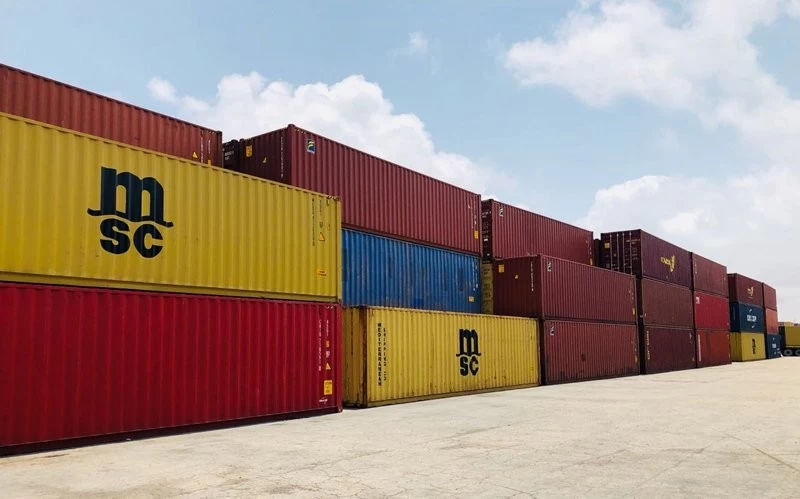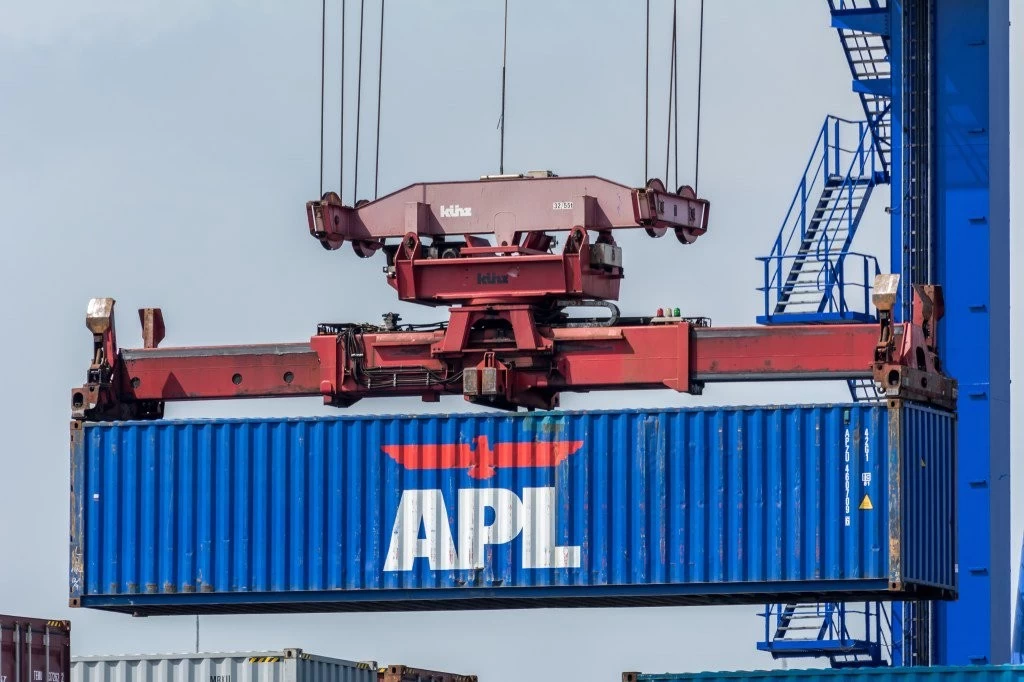How to deal with the problem of overweight containers?

The container itself is limited in weight
This is the maximum strength that the container box can withstand, loading exceeds this limit, the box may be deformed, the bottom plate falls off, the top beam bends and other damage, and all the resulting losses will be borne by the loader. At present, most professional container terminals have installed automatic weighbridge, so as long as the container is loaded beyond the box weight limit, the terminal will refuse to receive the container. Therefore, it is recommended that you see the weight limit on the container box before packing to avoid unnecessary reloading operations.
If the goods are really overweight and can not be divided, then you can choose overweight boxes. Here will increase the weight selection fee, the general dock/yard will ship company's ordinary dry boxes stacked together, if you want to choose one of the special weight cabinets (such as the 20 weight cabinets mentioned earlier), the dock, the yard must be searched one by one, the resulting cabinet selection fee is generally the same price as the designated cabinet fee.
Container transportation is a collaborative process involving multiple departments, so in addition to the weight limit of the container box itself, there are some other factors to consider.
Shipping company limits weight
Under normal circumstances, the weight policy of each shipping company is different, and the approximate standard is not to damage the container. In the period of bursting, according to the heat of the route, the shipping company will reduce the weight limit of each box type accordingly.
When booking space, the latest shipment should ask the freight forwarder about the weight limit of the shipping company. If there is no confirmation and the goods are heavy goods then there is a risk, some shipping companies are overweight, there will be no room for communication, directly let the shipper drag the goods, out of the port, pick the goods and then re-weigh. These costs are difficult to control.
Port area weight limit
Mainly look at the mechanical equipment load of the dock and storage yard.
After the container ship docks, it generally needs the crane of the dock to load and unload, and then it is dragged to the container yard by truck and then lifted down by forklift. If the weight of the container exceeds the mechanical load, it will cause difficulties for the operation of the dock and storage yard, so for some small ports with relatively backward equipment, the shipping company will generally inform the port in advance of the weight limit, and it will not be collected if it exceeds this limit.
Supporting feeder boat or road weight limit
The requirements for the weight of goods to the United States line are very strict, and the weight limit is mainly affected by the road weight limit to the inland point of the United States, the general small cabinet 17.3 tons, and the large high cabinet 19.5 tons. However, according to different ports, there are also different weight limits.
Route weight limit
Different routes, the shipping capacity is arranged according to the loading and unloading port connection order and the export type and heat of the goods, coupled with the load problem of the equipment operation at the destination port, the weight limit of the size of the container on different routes is naturally different.

What if you are overweight?
These are mainly port area overweight, shipping company overweight, port of destination overweight
1. The shipping company is overweight
Discuss with the shipowner, pay the overweight fee, other as normal;
2, the port area has its own regulations of overweight
If it is found overweight when entering the port, it is necessary to negotiate with the port area, pay the overweight fee plus manual settlement fee or take out the box to reload;
3. The port of destination is overweight
General destination port after overweight within a certain range, pay a fine can be solved; If the heavy weight is serious, the crane can not be loaded along the way and can only be transferred in the nearby port or return to the original road.